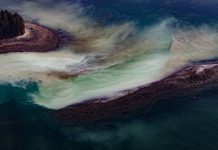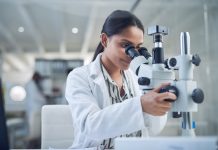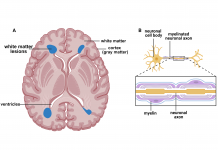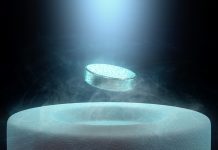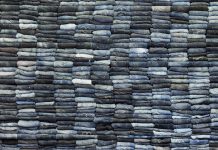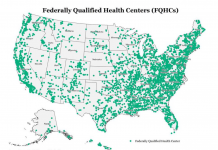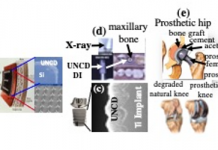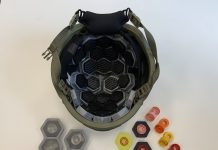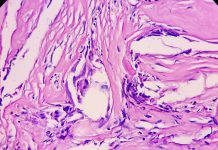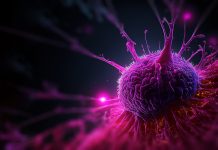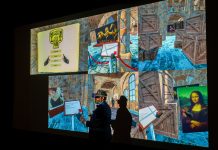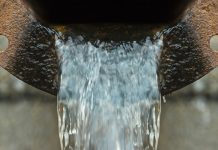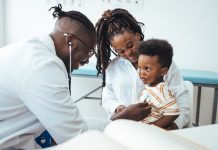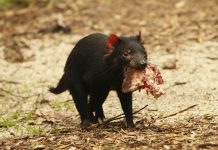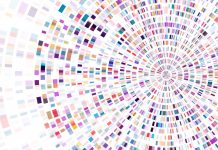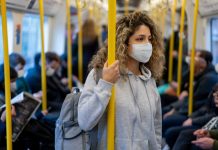Home 2024
Archives
Forage fish: Pacific herring in Alaska
W. Scott Pegau and Hayley Hoover discuss the plight of forage fish, with a particular emphasis on understanding the lack of recovery of Pacific herring in Prince William Sound, Alaska.
Permafrost grown: Investigating permafrost-agriculture interactions in Alaska
Here, we learn about Dr. Melissa Ward Jones, who leads a transdisciplinary team of researchers at the University of Alaska Fairbanks, co-producing knowledge with farmers to understand these unique agricultural systems better.
Responsible and ethical conduct of research: Principles to uphold
Greg M. Swain, Professor of Chemistry at Michigan State University, emphasizes the importance of responsible and ethical conduct of research (RECR) in scientific progress.
What is the link between white matter lesions and neurodegeneration?
Tara M. DeSilva from the Department of Neurosciences, Cleveland Clinic, examines the link between white matter lesions and neurodegeneration.
Superconductivity and related macroscopic quantum phenomena
John H. Miller, Jr., from the University of Houston, Dept. of Physics and Texas Center for Superconductivity, walks us through superconductivity and related macroscopic quantum phenomena.
Toxic textiles: Potential health risks associated with toxic chemicals in clothing
Maria A. Muñoz and Pamela J. Lein from the University of California, Davis, focus on the potential health risks associated with toxic chemicals in clothing.
Role for retired internists in rural, underserved communities
Richard J Santen MD, Emeritus Professor of Medicine, Davison of Endocrinology and Metabolism, University of Virginia, Charlottesville, Virginia, U.S., charts the role of retired internists in rural, underserved communities, including diabetes telemedicine.
Ultrananocrystalline diamond (UNCD™) coating for new-generation implantable medical devices/prostheses
In this materials science piece, Orlando Auciello, describes the development of a unique multifunctional/best biocompatible ultrananocrystalline diamond (UNCDTM) coating for new-generation implantable medical devices and prostheses.
Advanced brain injury detection and protection
The U.S.-based PANTHER program is pioneering a physics-based approach to TBI for quantitatively and deterministically linking the physics of a head insult to the resulting biological injury response. Christian Franck and Alice Lux Fawzi discuss.
Current and future therapy for BRAF-mutant pediatric glioma
Professor Peter J. Houghton from the Greehey Children’s Cancer Research Institute discusses new approaches to pediatric cancer treatment specifically for BRAF-mutant pediatric glioma.
Understanding T lymphocytes inner workings to harness therapeutic potential
Leslie J. Berg, PhD from the University of Colorado, Anschutz School of Medicine, sheds light on understanding the inner workings of T lymphocytes to harness their therapeutic potential.
Bridging realities: Dr. James Hutson on XR, GenAI, and gamification
The work of James Hutson, Lead XR Disruptor, Department Head at Lindenwood University, concerning bridging realities is placed under the spotlight
The toxicological implications of e-waste
Here, Donald A. Bruun and Pamela J. Lein discuss the toxicological implications of e-waste and how to address this global problem.
Fathers matter: Supporting new dads during the transition to parenthood
Deborah Da Costa, PhD, Associate Professor at the Department of Medicine, McGill University, Scientist at McGill University Health Centre, details promoting and supporting new dads during the transition to parenthood.
Wastewater surveillance for infectious disease preparedness
The University of Oklahoma Wastewater Based Epidemiology (OU WBE) team highlights successes from their three years of wastewater surveillance in Oklahoma & how this surveillance approach can be used as next-level monitoring for infectious disease preparedness.
Immigrant, black and racialized people’s health
Learn about the research of Dr. Bukola Salami, Professor at Cumming School of Medicine, University of Calgary, in this particular focus on Immigrant, Black, and Racialized People’s Health.
The crucial role of scavengers in ecosystem health
Animal scavengers’ role in maintaining ecosystem balance is often overlooked. Dr Laurel Lynch from the University of Idaho tells us about her important research on how scavenging by Tasmanian devils influences ecosystem processes.
Chicken or egg? Pursuing historical context
Charles W Carter Jr, Department of Biochemistry & Biophysics, University of North Carolina at Chapel Hill, explores prebiotic processes from the historical context enabling the emergence of translation.
School-to-work transitions for egypt’s youth
Ragui Assaad from Humphrey School of Public Affairs, at the University of Minnesota, argues that structural reforms result in increasingly difficult and unequal school-to-work transitions for Egypt’s youth.
Post-pandemic MERS-CoV still presents risks
Darryl Falzarano, Research Scientist at the Vaccine and Infectious Disease Organization (VIDO), discusses potential solutions that are needed to tackle the coronavirus known as MERS-CoV.


